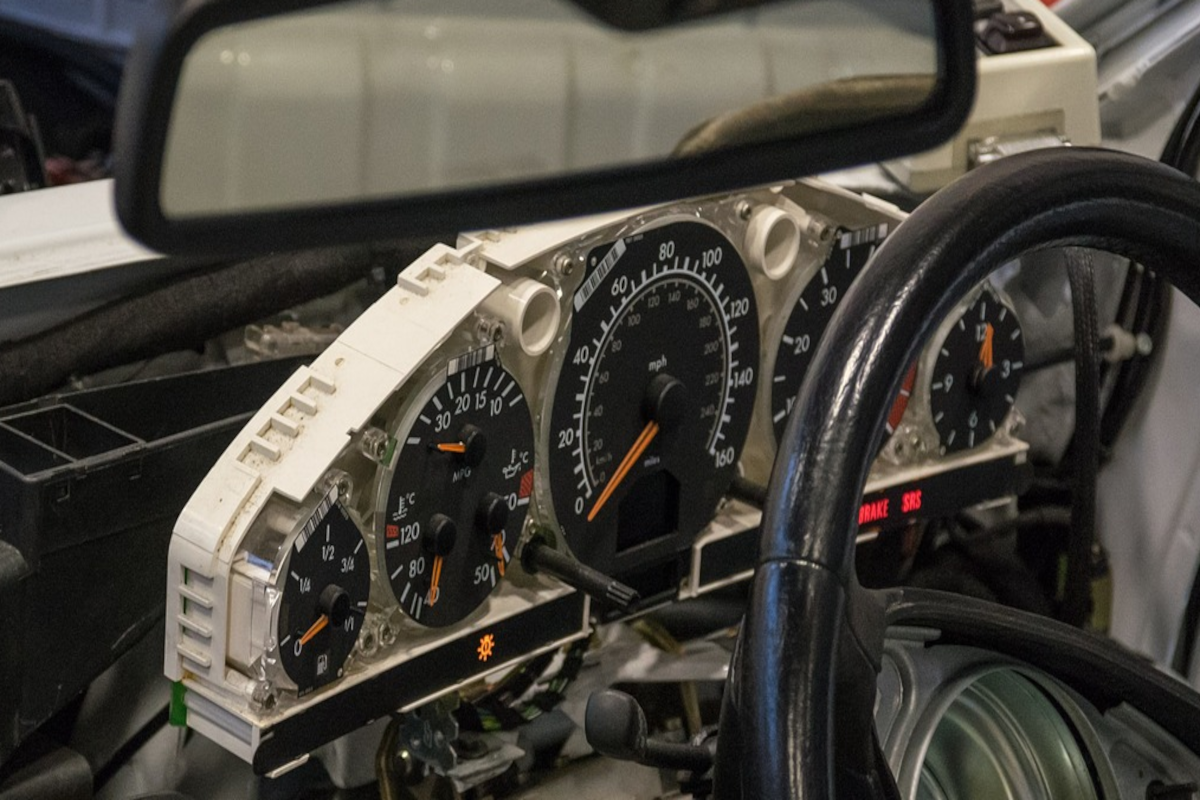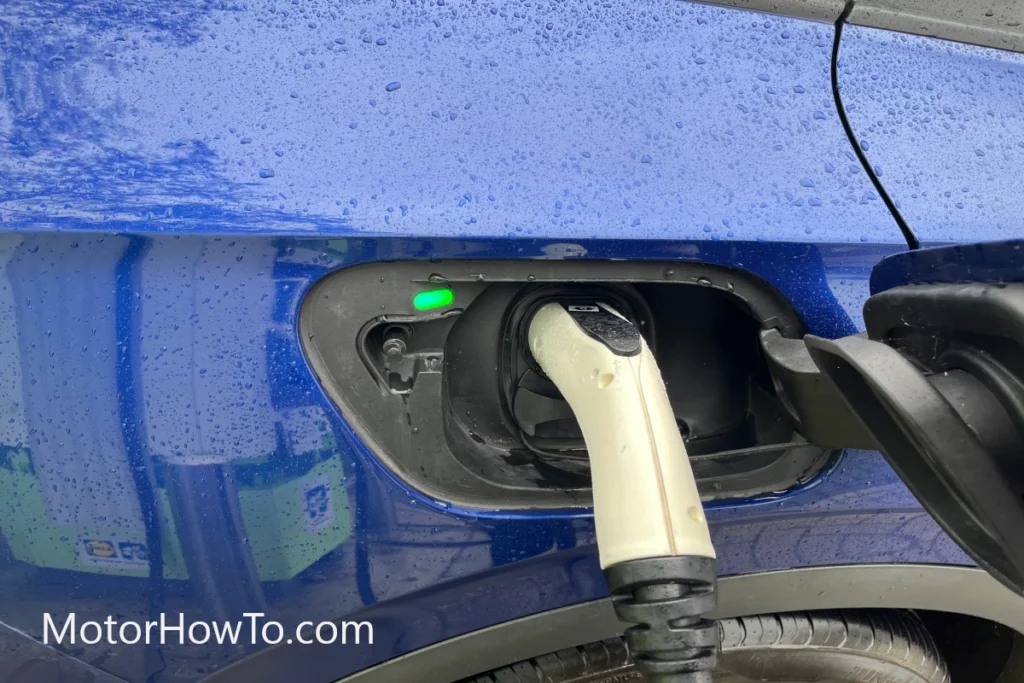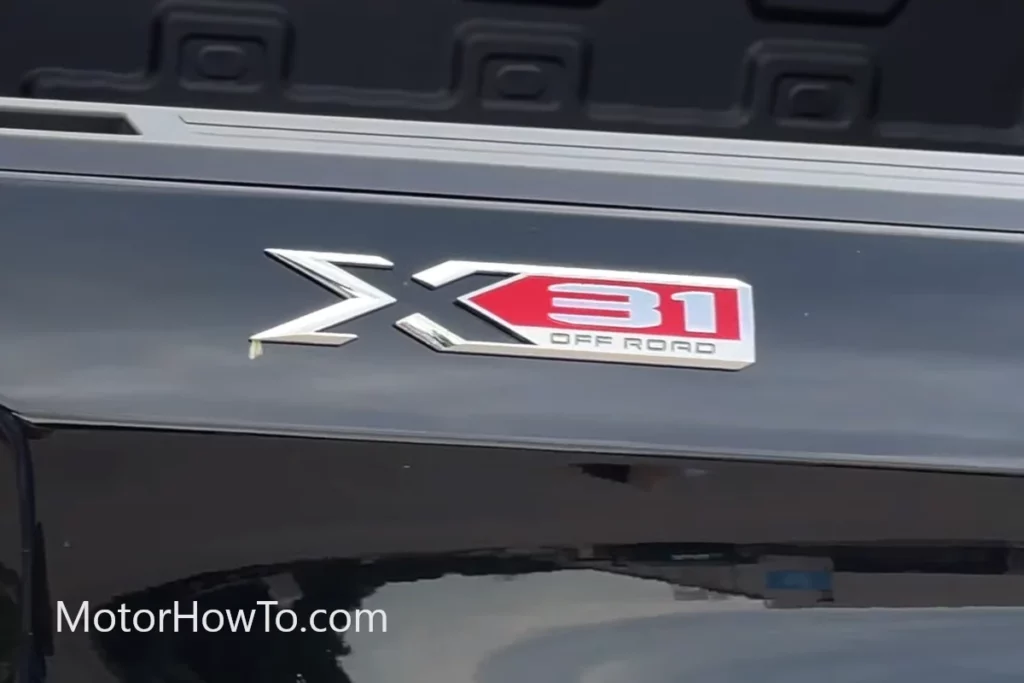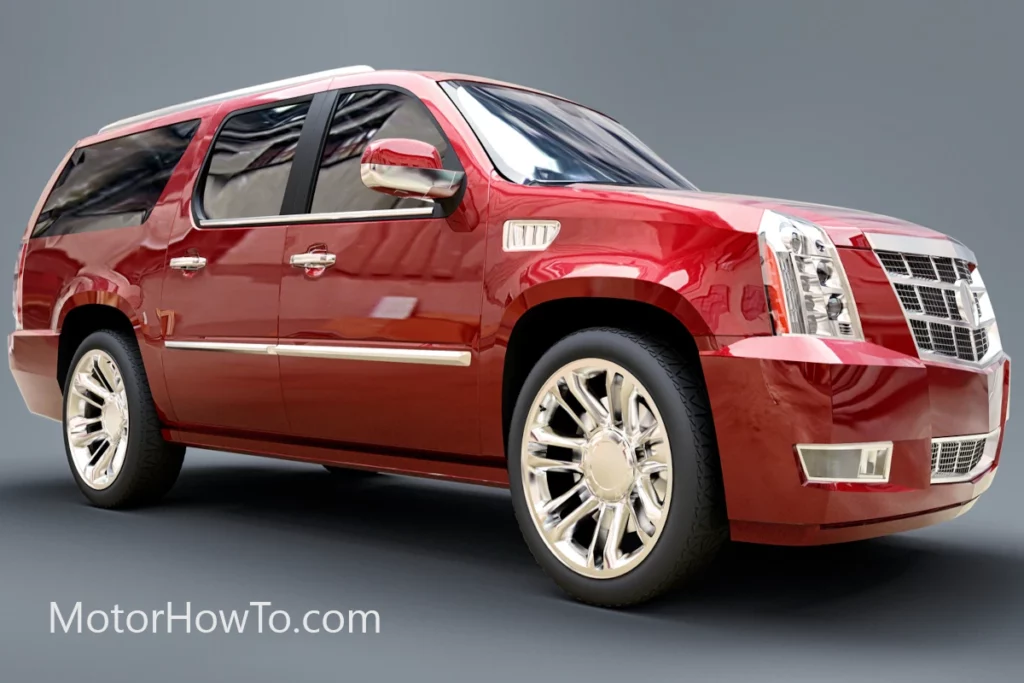If you are one of the older car owners out there or if you happen to have driven an older car, you would know that these cars do not use digital displays on their instrument clusters or dashboards.
Instead, they still make use of analog gauges on their instrument clusters. These are driven by stepper motors.
But what are instrument stepper motors and how do they even work?
Stepper motors are DC motors that can move in small and discrete steps by energizing their phases so that they will rotate step by step. Each full rotation is divided into equal steps. Because of how precise stepper motors are, they are usually used to control the pointer of an instrument gauge in a perfect manner.
- But what are instrument stepper motors and how do they even work?
- What is an instrument cluster stepper motor?
- What powers an analog instrument cluster?
- What is an instrument cluster stepper motor?
- How do instrument cluster stepper motors work?
- How do you replace a stepper motor on an instrument cluster?
- Sources

A stepper motor is something that you don’t often hear whenever you talk about cars because these are underrated mechanisms that not even some of the most seasoned car enthusiasts are aware of.
Nevertheless, we are here to talk about these instrument cluster stepper motors and how they work so that you can have a better understanding of the different instruments found on your car’s dash.
What is an instrument cluster stepper motor?
Nowadays, a lot of different cars are already in the digital age in the sense that they have instrument clusters that make use of digital screens that are all designed differently depending on the car manufacturing company’s preferences.
These are digitally controlled by a computer so that the car can do away with using analog mechanisms to control the different instruments on the instrument cluster.
However, there are still some cars that use the traditional analog instrument cluster that was prevalent in most vehicles decades ago.
It could be because of how these cars are older or perhaps because of how the manufacturer preferred to make use of analog instrument clusters to attract older consumers who are more used to them.
Whatever the case may be, the point is that there are still analog instrument clusters out there.
What powers an analog instrument cluster?
So, if digital instrument clusters are digitally controlled by computers, what powers an analog instrument cluster?
There are plenty of ways you can control these analog and mechanical gauges and pointers that you see on an analog instrument cluster.
The most popular way of doing so is by making use of a mechanical system that consists of a turning coil powered by a magnetic force.
Another way of doing so is by making use of quadrature-located coils that help set the pointer location based on the coil currents.
However, arguably the best and most perfect way of controlling the pointer on an instrument gauge is by making use of a stepper motor because these are specifically designed to control pointers in precise ways.
What is an instrument cluster stepper motor?
Stepper motors are direct current motors that have multiple coils that allow the motor to move in discrete yet precise steps.
Every rotation that these motors make is divided into equal steps, which are so precise.
And that is why using a stepper motor is arguably the best way for you to control an instrument gauge on your car’s instrument panel.
These stepper motors come in plenty of different shapes and sizes but are often small enough to be used on an instrument gauge on your car’s dashboard.
However, larger ones can also be used for other purposes.
So long as it comes at the proper size in relation to the torque and speed needed, a stepper motor can fit the need of any instrument or mechanism that needs its precision and accuracy.
How do instrument cluster stepper motors work?
Now that you know that an instrument cluster stepper motor is one of the best ways to power an instrument cluster and allow the different instrument gauges to work and move, how exactly does this tiny motor work?
Going back, an instrument cluster stepper motor has multiple coils that are called phases.
What happens here is that each phase is energized through a direct current to allow the stepper motor to move or rotate step by step.
And, as we mentioned, each rotation that a stepper motor makes is divided into an equal number of steps so that every move made is equal to the last one.
These instrument cluster stepper motors can be controlled with a microcontroller, which allows them to move in a precise manner in terms of their positioning and speed.
That is exactly why it is perfect for instrument gauges as you need the pointers to move in the most precise manner possible.
Instrument gauge stepper motors also come with their own gearboxes, which allow the motors to move in a smoother way because the gearboxes increase motor torque while also reducing the mechanical step of every rotation made by the stepper motor.
All in all, a stepper motor is good for any application that involves the following:
- Precise positioning – Stepper motors move in steps that are precise and are always the same. That is why anything that requires precise and repeatable positioning can make use of stepper motors. This includes the instrument gauges on a car’s dashboard.
- Speed control – Because the movements made by a stepper motor are precise and incremental, anything that requires a precise way of controlling the speed of a gauge can use a stepper motor.
- Low-speed torque – Anything that requires low-speed torque but with enough precision can benefit from how stepper motors work at precise yet low speeds.
How do you replace a stepper motor on an instrument cluster?
One of the reasons why an instrument cluster can end up bad is when the stepper motor fails.
After all, if the stepper motor doesn’t work as well as it should, the instrument gauges won’t work as well because they rely on the precision of the stepper motor.
So, when that happens, how do you replace a stepper motor on an instrument cluster?
Here is a quick guide on how you can replace a busted stepper motor on your car’s instrument cluster:
- Remove the clusters from the car by unplugging the wiring harnesses for the car’s lights, rear wipers, and 4-wheel drive,
- After doing so, you can now access the gauge cluster. From there, remove the screws that are holding the clusters while also unplugging any wires. Also, unfasten any clips that are holding the gauge cluster in place.
- You can now see small white discs on the gauge cluster. These are the instrument cluster stepper motors. The problem here is that there will be some cars that actually solder the stepper motors in place. This means that you must have enough experience in soldering and de-soldering or else you might end up making a mistake and damage the circuit board instead.
Considering that replacing an instrument cluster’s stepper motor isn’t something that can be done without experience in electronics, you should probably leave the work to an expert instead of trying to DIY your way through this task.
However, most dealerships will charge you at least $400 for this job, which will probably only take an hour to do.
So, in that sense, it becomes a tricky situation for you because you are basically choosing between saving a lot of money but risking damage to your circuit board by doing the job yourself or spending a lot of money by allowing an expert to do the job for you.
So, in that case, if you are confident enough in your experience and skills in fixing electronics, you can go ahead and do the job yourself.
Otherwise, it would be better to spend money by taking your car to a dealership or to a repair shop to have a professional do the job for you.
After all, spending $400 would be better than spending more money in case you mess the job up and end up damaging your car more.



